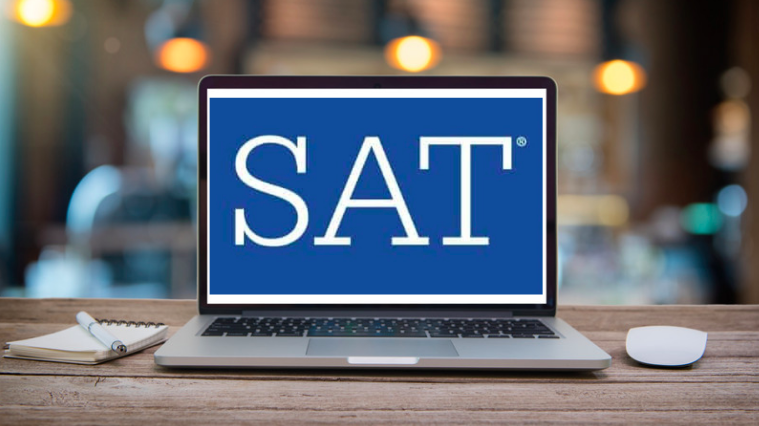The SAT has long been a cornerstone of college admissions in the United States, and now it’s stepping into the digital age. The Digital SAT is designed to provide a more personalized and efficient testing experience. Here’s a detailed look at what you need to know about this new format and how to decide which version is right for you.
Question Difficulty: Adaptive Testing
One of the most significant changes in the Digital SAT is its adaptive nature. Unlike the traditional SAT, where every student answers the same set of questions, the Digital SAT adjusts the difficulty of the questions based on your performance. This means that as you answer questions correctly, the test will present you with more challenging questions, creating a personalized experience that can better reflect your abilities.
Calculator Use: Specific Sections Only
Just like the traditional SAT, the use of calculators is restricted to certain sections in the Digital SAT. This ensures that all students are tested fairly on their mathematical reasoning and problem-solving skills without over-relying on technology.

Scoring: Same Range, New Format
Both the Digital SAT and the traditional SAT are scored on the same scale, ranging from 400 to 1600. This consistency ensures that colleges can compare scores from either format without any discrepancies. Your score will be just as valid and recognized, whether you choose the digital or traditional format.
Results: Faster Reporting
One of the standout features of the Digital SAT is the speed at which scores are reported. While traditional SAT scores can take several weeks to be released, the Digital SAT promises to deliver results in just a few days. This quicker turnaround can significantly reduce the anxiety of waiting and help you make timely decisions about your college applications.
Choosing Between the Formats
Currently, the Digital SAT is still in the testing phase and is not yet widely available. However, it’s important to weigh your options when deciding which format to take.
Comfort Level with Technology
If you are comfortable using computers and technology, the Digital SAT might be a good fit for you. The adaptive nature of the test could also play to your strengths, providing a more tailored and engaging experience.
Availability of Practice Resources
Since the Digital SAT is new, there are fewer practice materials available compared to the traditional SAT. If you prefer having a wealth of resources and practice tests at your disposal, the traditional SAT might be the better option for now.
The Takeaway
The Digital SAT offers a quicker and more personalized testing experience, making it an appealing choice for tech-savvy students. However, the traditional SAT remains a valid and reliable option with extensive practice materials available. Ultimately, the best choice depends on your personal preferences, comfort with technology, and test-taking style.
As the Digital SAT becomes more widely available, it’s likely that more resources will emerge to help students prepare. In the meantime, consider your own strengths and preferences to choose the format that will help you perform your best.
In conclusion, both the Digital and traditional SAT have their unique advantages. Whichever path you choose, thorough preparation and a positive mindset will be key to achieving your desired score.
